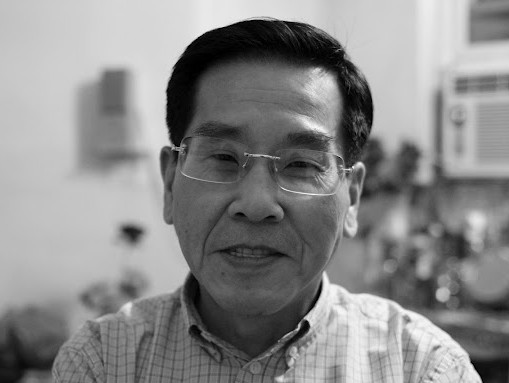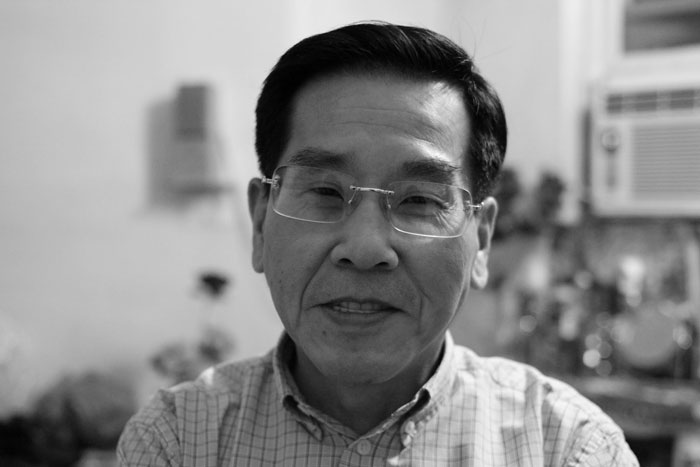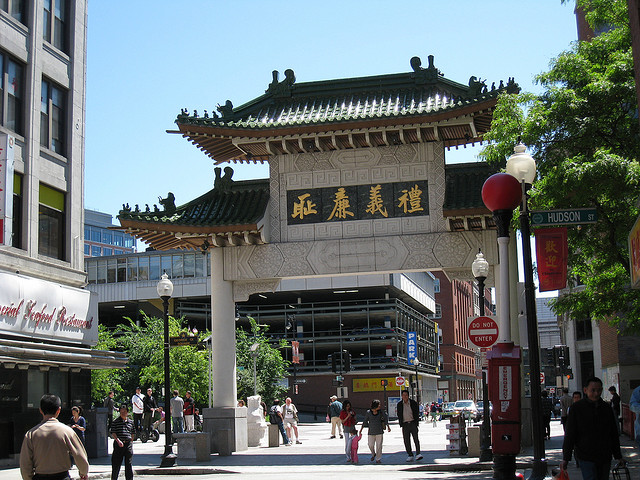A photo essay.

August 10, 2012
Several weeks ago, I followed my friend and colleague, Shafaq Islam, a housing attorney, to a tenant meeting in Chinatown. Around 20 residents of 11 Allen Street—mostly Chinese and Malaysian immigrants—gathered at CAAAV: Organizing Asian Communities, a grassroots nonprofit on Hester Street, to hear a litigation update from Shafaq and to strategize with Esther Wang, a community organizer.
The landlord of 11 Allen Street, Fei Wang, delivered termination notices in January 2011, giving the tenants only 10 days to vacate. His reason was obvious: the building could be developed into a luxury building, with rents double or triple what the current tenants pay. When the residents refused to leave, Fei Wang instituted “holdover” (eviction) proceedings in housing court, arguing that the building was zoned for commercial use only and that the tenants had no rights under rent-stabilization or other protective laws. Represented by Shafaq and the Community Development Project at the Urban Justice Center, the tenants, some of whom have lived in the building nearly 30 years, responded that they were entitled to remain under the housing laws and that the landlord had operated in bad faith, having refused to make repairs or maintain the building in accordance with basic habitability standards.
Through the life of the housing court case, the tenants have staged protests with CAAAV and spoken out about conditions in Chinatown, while carrying on as before: working as waiters or in laundromats, sending remittances, and sharing tight, subdivided quarters—community in exchange for privacy. Shafaq recently did a walk-through to make sure they are abiding by the city’s health-and-safety codes, which cover access to fire escapes and the like. I tagged along, camera in tow, and was touched by the tenants’ openness. As Shafaq said, “My clients are so much more welcoming and generous than people who have apartments 10 times the size.”
Photographs selected from “11 Allen Street: Chinatown Residents Fighting for the Right to Remain in Their Homes,” an exhibition at the Austrian Cultural Forum.
Details:
August 13 to 19
Viewing hours: 10 a.m. to 6 p.m.
11 East 52nd Street
New York City
Reception
Wednesday, August 15, 6:30 p.m.
Sponsored by:
Austrian Cultural Forum / WochenKlausur Features
CAAAV: Organizing Asian Communities
Open City Magazine / Asian American Writers’ Workshop
Community Development Project at the Urban Justice Center



The hallway narrows, squeezed by subdivision; each railroad-style apartment splits into several more.















